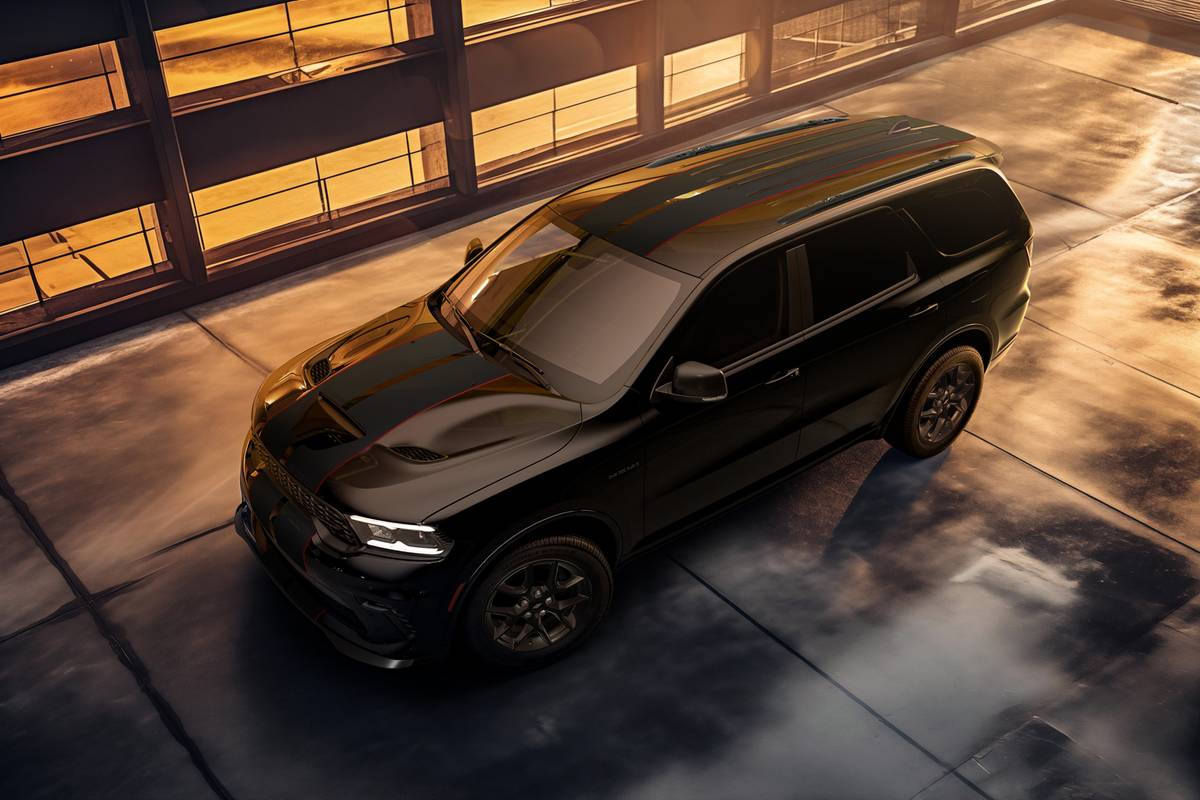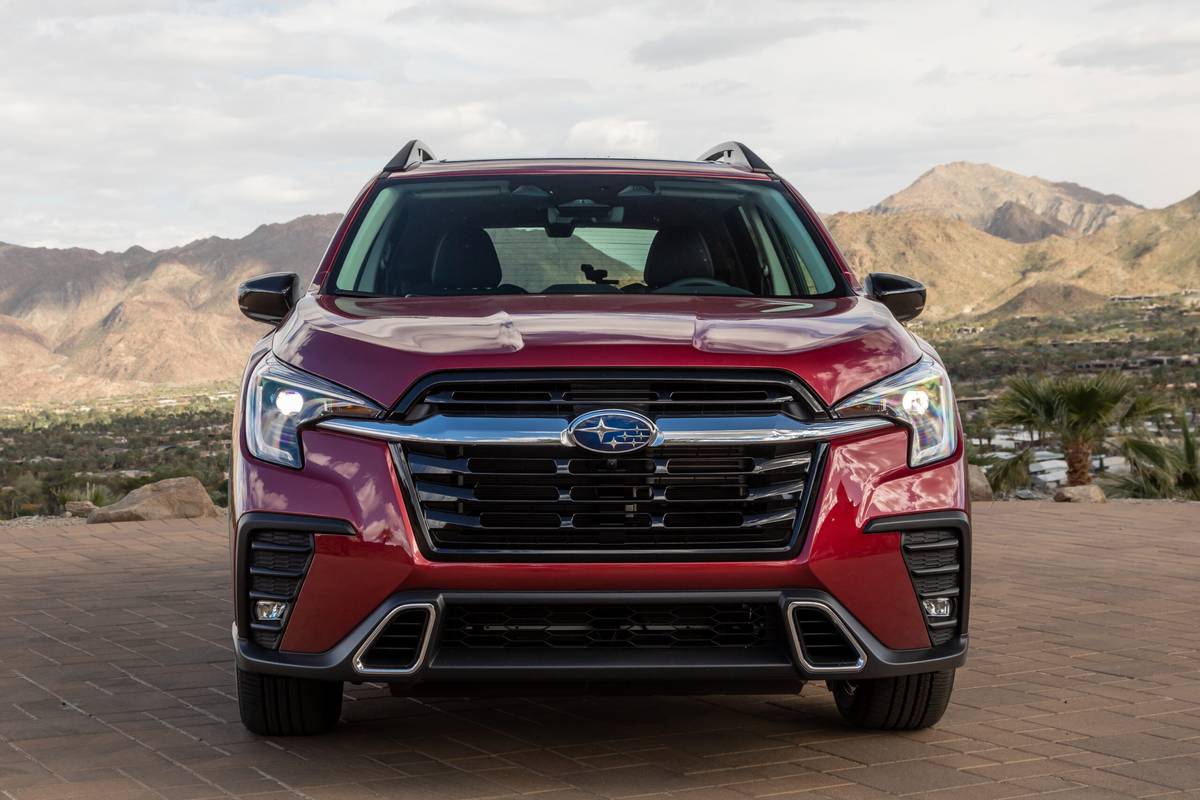The Morning Call and Mcall.com's view
The Mazda RX-7 GSL-SE is a new model for 1984 and even though it may look like other RX-7s, there is a big difference. This difference is quickly discovered the first time a driver applies firm pressure to the accelerator (or, if you prefer, puts the pedal to the metal) and watches the speedometer make its rapid clockwise swing. The GLS-SE, in a word, is quick. Even quicker than other RX-7s which aren’t exactly dogs when it comes to performance.
This increased performance comes from a larger engine which, in itself, is not so unusual. Car manufacturer’s do it all the time. Want more performance? Increase the size of the engine. But the GSL-SE has a larger rotary engine and since the RX-7 is the only production car in the world that uses a rotary engine, this could be considered a bit unusual.
A rotary engine, as you may or may not know, is an internal combustion engine in which a spark ignites a fuel mixture inside a compression chamber but the rotary does not use pistons (and some other things) associated with automotive reciprocating engines. Instead the rotary engines uses a triangular rotor (known as a trochoidal) turning inside a large oval chamber to perform the four strokes of intake, compression, expansion and exhaust. A sparkplug fires the fuel/air mixture and turns the trochoidal which turns the crankshaft which, of course, supplies power to the transmission and rest of the running gear. The keyword to the rotary engine is simplicity. It does all the things a piston engine does, only simpler.
Is a rotary engine better than a gasoline engine? I really don’t think so. It is just another way of doing the same job. However, in the early 1970s, it looked like the rotary was the engine of the future. Invented by the German engineer Felix Wankel, it was successfully used in automobiles and motorcycles in the mid-1950s. If you really go back, you’ll learn that James Watt invented the first rotary steam engine in 1759 and, a little further back, Ramelli invented the first rotary piston type water pump. Mazda made its reputation with this engine in the early 1970s. About that time, several other automobile manufacturers (including General Motors and Mercedes-Benz) were developing their own rotary-powered cars.
Then, all the sudden, it seemed like everyone lost interest – including Mazda. There were a couple of problems with the engine but nothing that couldn’t be cured. The big problem, however, can be traced to the first gasoline mileage estimates issued by EPA in 1974. The Mazda rotary got terrible fuel mileage. Don’t forget this was right after the first so-called oil embargo and everybody was worried about supply of gasoline and the possibility of rationing. The EPA mileage figures at first were really a by- product of its emissions testing. EPA, however, soon discovered that mileage figures were much more sexier than pollution data and really made the most of it. Mazda had been improving fuel mileage on the rotary but, apparently, not quickly enough. The rotary had a spectacular rise in sales and an even more spectacular decline. In brief, you could say the rotary was in the wrong place at the wrong time.
Mazda revived the engine in the spring of 1978 for its new RX-7 sports car. Both have been a success ever since. In fact, it is a little hard to imagine now that the RX-7 is more than six years old. It still looks as attractive as the day it was introduced and, since it is really the same design, that is quite an accomplishment. (Just a side note. When it first came out I thought Mazda borrowed heavily from Porsche in designing it – particularly in the front end treatment. While driving the test car, I saw a Porsche and thought it looked like an RX-7. How soon we forget.)
To explain the GSL-SE powerplant, it would help to know the standard RX-7 engine. Known as the 12A, this two-rotor engine displac s 70 cubic inches (the formula for figuring out the d is placement of a rotary engine is not only somewhat complicated but, I always felt, a bit off the wall) and is rated at 101 horsepower at 6,000 rpm and 107 foot pounds of torque at 4,000 rpm. This is the engine that was originally designed for the first RX-7.
The GSL-SE’s engine is a 13B that measures 80 cubic inches and is rated at 135 horsepower at 6,000 rpm and 133 foot pounds of torque at 2,750 rpm. The 13B first appeared in Mazda’s RX-4 back in 1974 and was later used in the Cosmo and rotary pickup. The new 13B has been highly refined and features three main systems that gives it its juice ”Dynamic Effect Intake” configuration that, according to Mazda, utilizes pressure waves to supercharge air into the combustion chambers. All of this may be a bit technical, but bear with it. The rotary is a different engine and anyone planning to buy an RX-7 should try to learn a little about it.
The test car, as should be expected by this time, was an impressive performer. Over the past couple of years there has been a big resurgence in performance cars. In fact, the 1984 model year is the hottest in many a year for performance. By offering the GSL-SE, Mazda has been able to keep up with its competition. O.K., just how fast is the GSL-SE? Well, you won’t have any trouble pulling safely onto busy roadways, passing slower moving vehicles in relatively short spaces or climbing the steepest of mountains in fifth gear with power in reserve. According to Mazda’s figures, this model can accelerate from 0-60 mpg in 8 seconds and reach a top speed of 135 miles per hour.
Perhaps the most impressive thing about the test car was the smoothness with which it accomplished everything. The rotary, unlike a piston engine, does not roar. It hums. And, at first, this can throw you off a bit, especially during hard acceleration. There is a tendency to go faster than you actually intended because the engine is so quiet which is why a driver has to get into the habit of looking at the tachometer. As mentioned before, the 13B develops its 135 horses at 6,000 rpm. This would be very high rpm for a piston engine. Many piston engines the rotary is designed to run at a higher speed and 6,000 rpm can be reached very quickly. The tachometer is red-lined at 7,000 rpm which is easy to achieve. Even a rotary engine would disintegrate if run faster than its redline for a brief period. Fortunately, though, Mazda knows its engine and has added a rather unique feature: A buzzer to warn the driver when the engine hits the red-line. This isn’t a gimmick, but a necessity.
Another interesting feature about the engine is that it develops its torque at relatively low rpm – 2,750 – which means you don’t have to keep that five-speed transmission on top of the engine at all times. In other words, you can get a bit sloppy about shifting points without causing any problems. The five-speed box, by the way, operated smoothly. No doubt helped by the forgiving nature of the rotary engine.
Fuel mileage for the test car averaged out to 15 mpg for city driving and 22 mpg over the highways. That isn’t great mileage but you can’t have everything. (EPA estimates are 18 mpg city/29 highway.
The GSL-SE, fortunately, has a beefed-up suspension system to handle the increased performance. It also features four-wheel disc brakes and big Pirelli P6 205/60 V-rated steel belted radials on 14-inch performance alloy wheels (the big tires, along with the small nameplate on the rear, are the only things that distinguish the GSL-SE from other RX-7 models). The ride is somewhat stiff, to say the least, but if you want to be a sport, this is what you have to put up with.
The two-passenger RX-7 measures 170.1 inches in length, 95.3 inches in wheelbase, 65.7 inches in width, 49.6 inches in height and weighs in at 2,512 pounds. It islo to the ground and does take some dexterity to enter and exit gracefully.
The GSL-SE is the top-of-the-line RX-7 not only in performance but luxury and standard equipment. Base price is $15,295 which is getting up there. The base, however, includes loads and loads of standard equipment such as air conditioning, electronic tuned AM-FM stereo with cassette deck, equalizer and balancer, rear window defroster, rear window wiper and washer, electric remote control door mirrors, intermittent wipers, sunroof, limited slip differential, automatic cruise control, power windows, remote hatch release, quartz digital clock and several other items. The test car had a total price of $15,780 including an inland freight charge of $175 and its only option – power steering at $310. Since the car offers so much standard equipment, I can only assume Mazda thinks the car is suited for manual steering. Probably so. The power steering system, though, did have a good road feel.
Latest news



